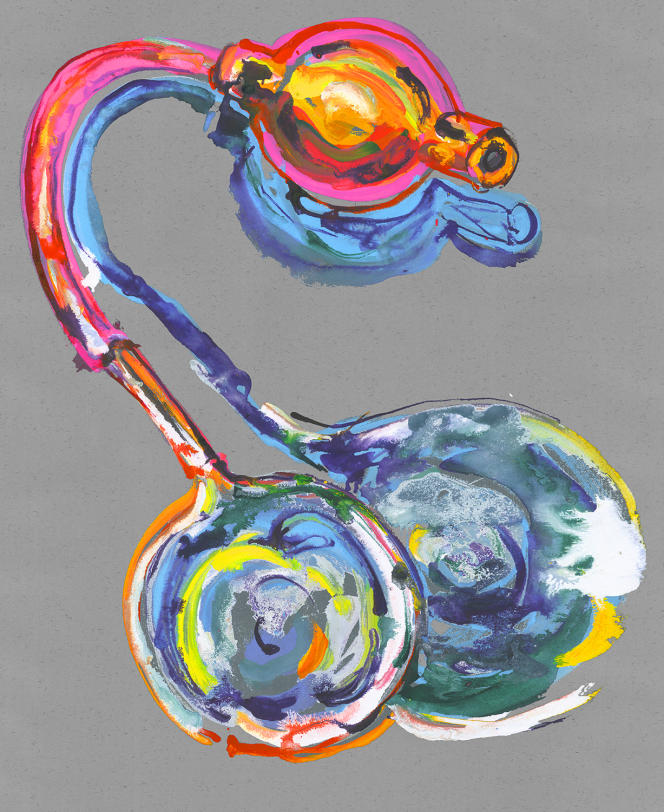His history
Of all the pastry skills, sugar blowing is the most artisanal and the most delicate. The technique, which gives rise to three-dimensional sculptures, has something to do with that of the glass blower: it requires patience, mastery and constant attention. The pastry chef first melts the sugar before spreading it in an even layer on his work surface. Having become liquid and viscous, the substance is cooled, kneaded and finally pulled, in order to obtain a material with a flexible and malleable texture.
Divided into cherry-sized balls, the sugar is then placed at the end of a metal cannula connected to a rubber tube. By pressing on the bulb of his sugar pump, the pastry chef gradually breathes air into the dough, giving rise to an opaline bubble – fragile as crystal, light as a feather.
In China, this art dates back to the Ming dynasty (1368-1644), a time when sugar figurines were made in the shape of animals. In the streets and in the markets, itinerant confectioners (tángrén) perpetuate this popular discipline. A similar tradition also exists in Japan under the name ofamezaiku. In France, puffed sugar is regularly featured on the menu of major restaurants in the form of a dome that is broken using the back of the spoon.
Its use
At the end of summer, the air is still hot and dry in the kitchens of L’Axel, the Michelin-starred restaurant of chef Kunihisa Goto, in Fontainebleau (Seine-et-Marne): “Ideal conditions for blowing sugar! “, explains Alexandre Trouvé, in the middle of preparing one of the place’s signature desserts.
The pastry chef begins by cooking two handfuls of isomalt (a sugar derived from sucrose which has optimal thermal stability) in a saucepan with a little water at 160°C. Once melted, the sugar is poured onto a silicone plate, then left to rest under the heat of a salamander.
After a few minutes, Alexandre Trouvé, wearing gloves, aerates the transparent mass by kneading it. He shapes a piece of dough into a ball in the palm of his palm. The cannula sinks into the building; he grabs the bulb of the sugar pump. The air invades the soft matter. The leader blows on the surface of the sphere: “A way to cool and consolidate certain areas in real time”, he specifies.
On the plate, the sugar bulb is bordered by an emulsion of sudachi juice, a Japanese citrus fruit. When the glass ceiling breaks, red fruits appear, a fresh basil soup, fragments of a hazelnut crumble. A real bubble of oxygen.
eco_Matfer sugar blowing pump€70.20 on the Manutan website.
